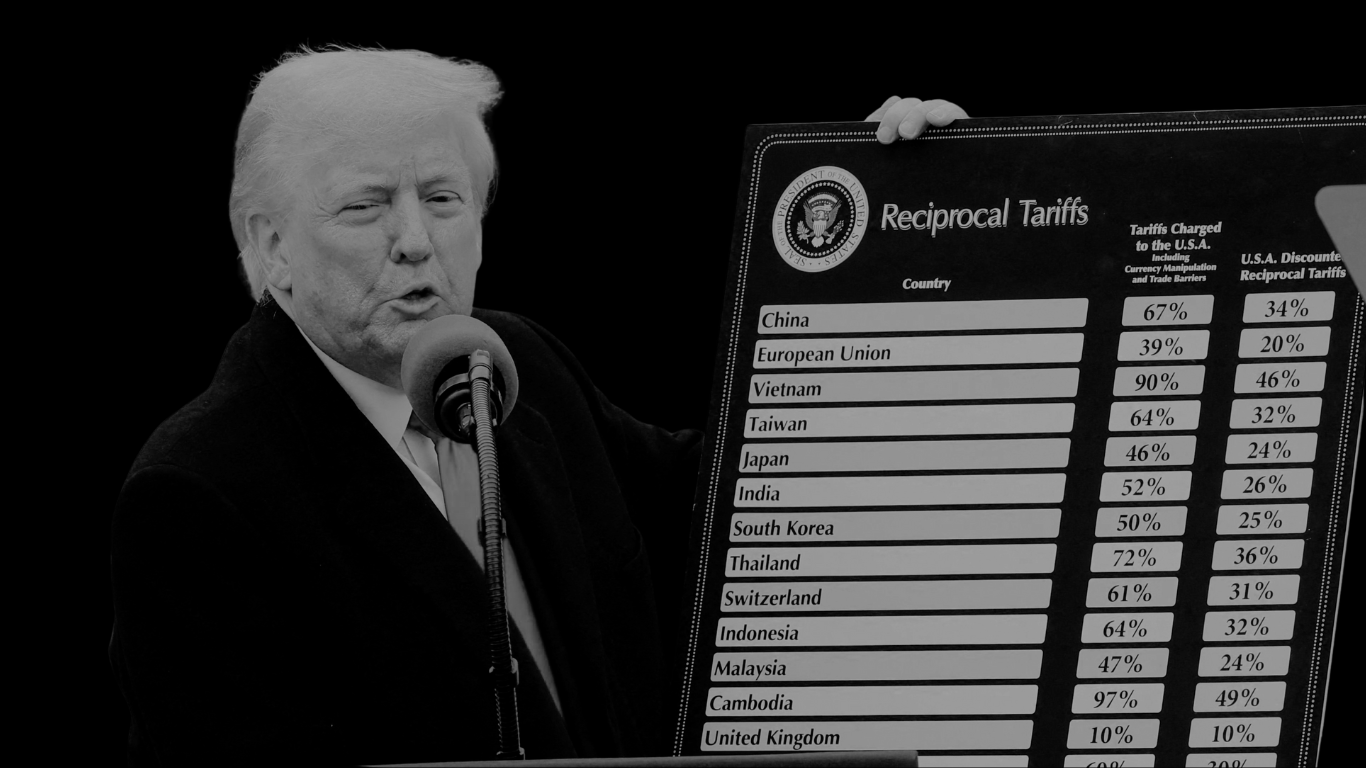On Thursday 17th November 2022, the Chancellor Jeremy Hunt is expected to provide a fiscal statement. This will provide the public with a communicated plan on how to tackle the growing debt within the UK. It is also said to include details on how to promote growth within trade and the economy. This fiscal plan statement was previously expected on Monday 31st October but has since been postponed and rescheduled.
Much has been made about the reversal of virtually all of the previous PM’s, Liz Truss, policies. This was outlined in a statement by the Chancellor on Monday 17th October. Many of the measures were brought forward from the scheduled 17th November statement. This was in an effort to calm financial markets and provide a short-term boost to the pound.
All eyes will be on the Chancellor come the 17th November as huge departmental cuts are to be expected. We break down the predictions of what’s to be included in the Medium-Term Fiscal Plan and why the government have chosen to take these measures….
What Are The Predictions For The Medium-Term Fiscal Plan?
Income tax rates and bands
After the U-turn of cutting the basic rate of income tax from 20% to 19%, it is expected that the Chancellor will make some small changes to personal tax. Changes that could be made include the personal allowance and basic rate income tax band increasing from the £12,570 level. This was previously expected to remain frozen until 2025-2026.
As well as this, there could also be amendments to Inheritance Tax. This could be through either reducing the headline rate of IHT or increasing the thresholds and allowances already available. The nil-rate band (NRB) exempts up to £325,000 of an individual’s assets from IHT. It has been frozen since its last increase in 2009. The residence nil-rate band (RNRB), is also a contentious topic which has confused many with its complications. Currently, it exempts a further £175,000 of value derived from qualifying property from IHT. A simplification of IHT could be a strong possibility, reducing the IHT burden on those least able to afford it.
Capital Gains Tax is also a topic which has been up for discussion over the past few years. Remaining low since 2016, the Chancellor could see a tax rise to bring in some extra finances into the Treasury. Admittedly, this won’t go down well with Conservative voters, but it could be a quick win for the government.
With NIC rates returning to the previous levels, the increase to primary thresholds increased to £12, 570 in July 2022. It would also make sense for any personal allowance increases to be aligned with an identical increase to the NICs primary threshold.
Windfall taxes to tackle the energy crisis
The current energy price cap guarantee is now scheduled to end in April 2023. A revised and detailed report is at the top of the Chancellor’s list of priorities. In May 2022, the then Chancellor, Rishi Sunak, announced a 25% energy profits levy for profits generated from extracting UK oil and gas. With this due to end at the end of 2025, there have been huge calls to extend the levy. Mr Hunt has let on that he isn’t against windfall taxes, or extending them. This could mean an announcement on the limit for future windfall taxes could be made imminently.
Why IR35 Needs To Be Looked At Again?
Its looking very unlikely that another reversal on IR35 and off-payroll working reforms will be made. Previously, the then Chancellor Kwasi Kwarteng announced on Friday 23rd September 2022 that the government intended to repeal off-payroll working. Despite news of unfunded tax cuts dominating news bulletins from the Mini-Budget, this policy was welcomed by many.
It proposed that from April 2023, contractors will once again be responsible for ensuring their IR35 compliance. This means that they’d be tasked with paying the appropriate amount of tax and NICs under IR35 and that self-employed contractors will be handed back the power to determine their employment status.
Unfortunately, the new Chancellor, Jeremy Hunt, decided to scrap this repeal along with all of the tax cuts set out by Kwarteng. This constant back and forth, as well as confusion, is causing many industries a huge headache in logistics. At Nordens, we truly believed that the IR35 reforms set out was exactly what was needed in the sectors which heavily use sub-contractor arrangements. This ranges from construction, IT, media, finance, and even legal to name but a few.
Dr Iain Campbell, the former general-secretary of the Independent Health Professionals Association stated, it’s like ‘throwing out the baby with the bathwater and crushing the hopes of the legions of affected freelancers in the public and private sector forced into false employment without rights — whose small businesses had been killed by the reforms.’
We hope this has outlined to you what to expect from the Chancellor’s medium-term fiscal plan on 17th November 2022. If you’d like to know any further information on anything mentioned, or anything accounting related for that matter, please do not hesitate to get in contact with us at Nordens, where one of our trusted advisors would be happy talking you through your query.









































































































































































































































































































































































































































































































